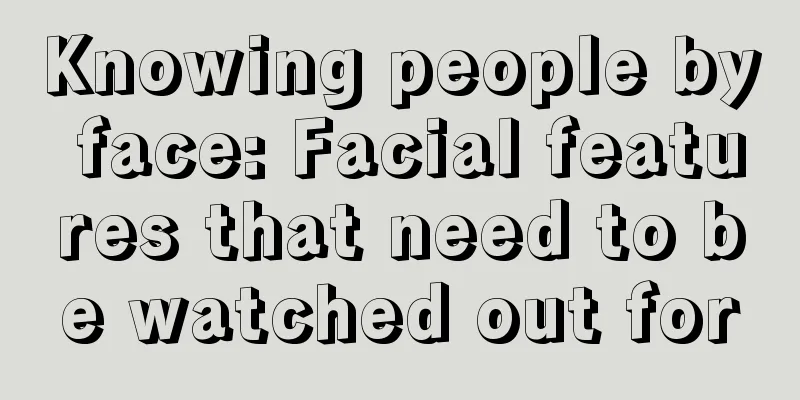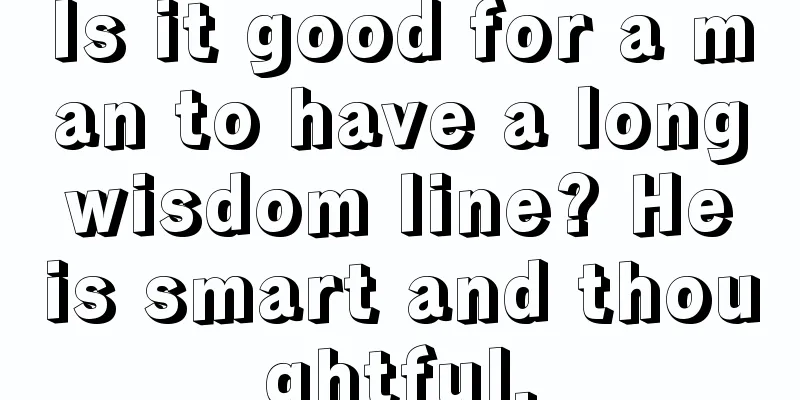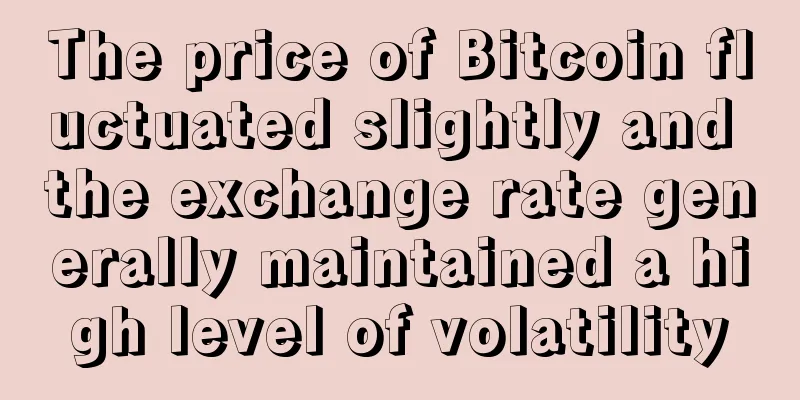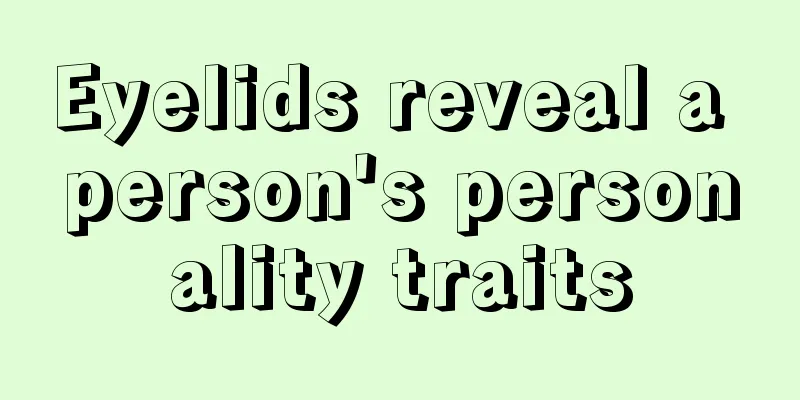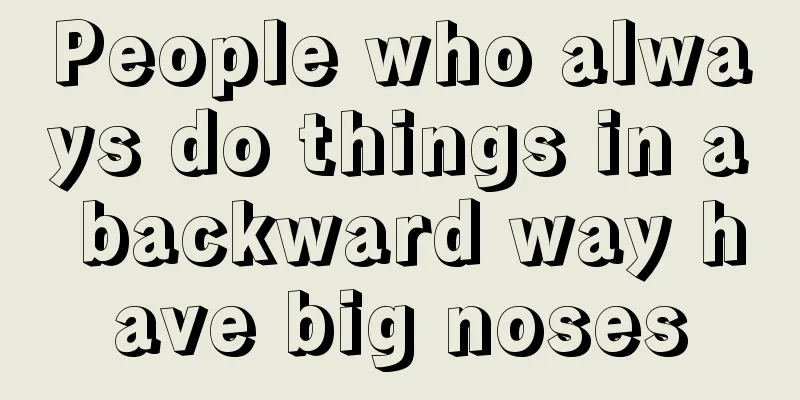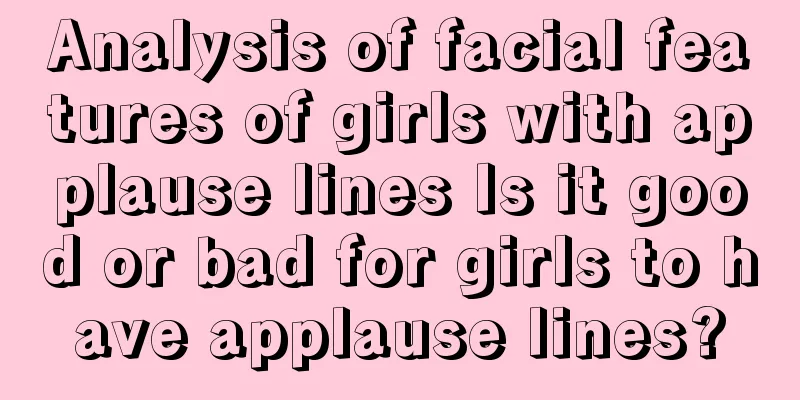IoT + Blockchain Protocol = Chain of Things (BoT)?
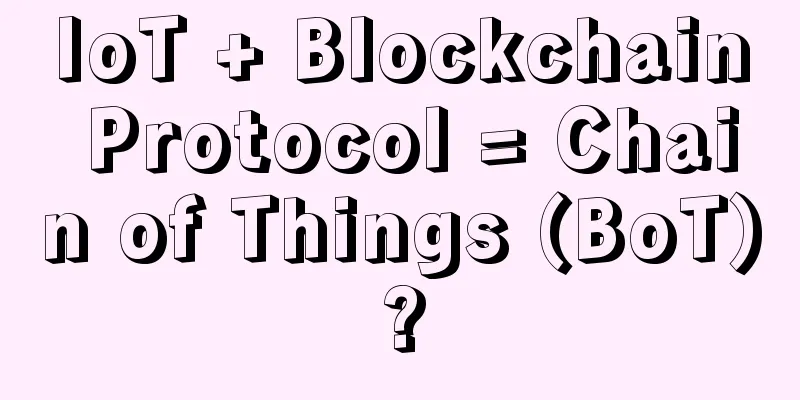
|
Every decade since 1944, a major innovation has changed the world. The world's first computer appeared in 1944, the first mainframe in 1954, the first minicomputer in 1964, the first personal computer in 1974, the first Mac in 1984, Netscape's Web in 1994, and social networks in 2004. Now we have the Internet of ME with Blockchain of Things (BoT) . The blockchain can be thought of as a decentralized, comprehensive global record of all historical transactions since its inception. Use Cases of Blockchain in IoT: A Comprehensive AnalysisThe security of the transaction is guaranteed by a network of computers that need to verify it before it is permanently saved in the block. Once registered, it will be tamper-proof and easy to check. Therefore, this is a distributed network in which transactions are peer-to-peer (P2P). The main advantage of blockchain technology is that it enables people to trust each other without the involvement of a "third-party authority" (lawyers, banks, states, platforms like Uber, AirBnB, etc.). This intermediary function is guaranteed by a group of computer networks. In other words, blockchain is an Internet transaction authentication infrastructure. This technology can be used not only for payments and registrations, but also for tasks with more complex instructions (conditions and programming instructions), which we call contracts. These contracts are published on the blockchain and they can run automatically under certain conditions, which is why we use the term "Smart Contracts". The stakes are huge. All players in the middle are in question: banks, insurance, notaries, lawyers, etc. We need to reinvent a multi-trillion dollar market! The success of the Internet of Things is due to the use of blockchain and a distributed infrastructure trust algorithm system. Remember, with blockchain, the acceptance or rejection of a transaction is the result of distributed consensus, not a centralized system. In other words, consensus as a service (consensus on demand) or TAAS (Trust as a Service) is the core of the blockchain economic model. How blockchain technology can stimulate the transformation of the Internet of ThingsIn the Internet of Things, blockchain protocols will have a place, and with them there will certainly be trust issues. Trust, identity issues, privacy and confidentiality of personal data will be at the core of the development of the Internet of Things market. In other words, blockchain technology will become the foundation for a globally connected digital world, including wearable computing, the Internet of Things, sensors, smartphones, laptops and cameras, smart homes, smart cars, and even smart cities. Will the future world be blockchain? |
<<: Onchain releases white paper on Ant consensus algorithm
Recommend
Where are the moles that harm a man's wife?
Usually when the older generation chooses a marri...
The Federal Reserve is calling on the world to do something. When did Bitcoin become so timid?
Text/Guibi K God Hello everyone, I am God K. I on...
What are the sword-like eyebrows and star-like eyes like? The fate and personality of men and women are different
The phrase "sword-like eyebrows and starry e...
Filecoin Interpretation | What is Window PoST?
The PoSt algorithm provided by Lotus has two sche...
What do the nasolabial lines in the face represent?
Nasal folds represent official career, career, bu...
What kind of girl is suitable for blind date
Blind date is a traditional culture that has been...
US Senate close to compromise on encryption amendment, but time is running out
The U.S. Senate is close to reaching a compromise...
Women with these palm lines have the best fortune
Women with these palm lines have the best fortune...
Is palmistry accurate? How to predict wealth from palmistry?
Palmistry has been passed down to this day, and i...
Moles that will bring wealth, do you have these characteristics?
It is very normal to have moles. Everyone has som...
Mole position and destiny - what does a mole on a man's nose mean
Men with moles on the tip of their noses are pron...
Teach you to judge good and bad moles: facial analysis of moles on the face
Many people are very concerned about moles on the...
Is it good or bad to have a mole on your collarbone? What does it mean?
Everyone has some moles on their body. The locati...
External risks are eliminated, but the market faces a test of key resistance levels
Author | Hashipi Analysis Team...
The founder of a US Bitcoin platform was arrested for covering up the fact that 6,000 Bitcoins were stolen
On February 21, the U.S. Securities and Exchange ...

